In the ever-evolving world of technology, data storage has been a fundamental aspect of computing. From the humble beginnings of punch cards to the modern marvels of solid-state drives (SSDs), the history of disk storage is a fascinating journey. In this article, we’ll explore the evolution of disk storage over the years, tracing its roots back to the early days of computing and witnessing its transformation into the high-speed, high-capacity solutions of today.
1. The Birth of Disk Storage: Punch Cards
The history of disk storage dates back to the mid-19th century when punch cards were first used to control the weaving of textiles in the textile industry. These early punch cards, invented by Joseph-Marie Jacquard, laid the foundation for data storage.
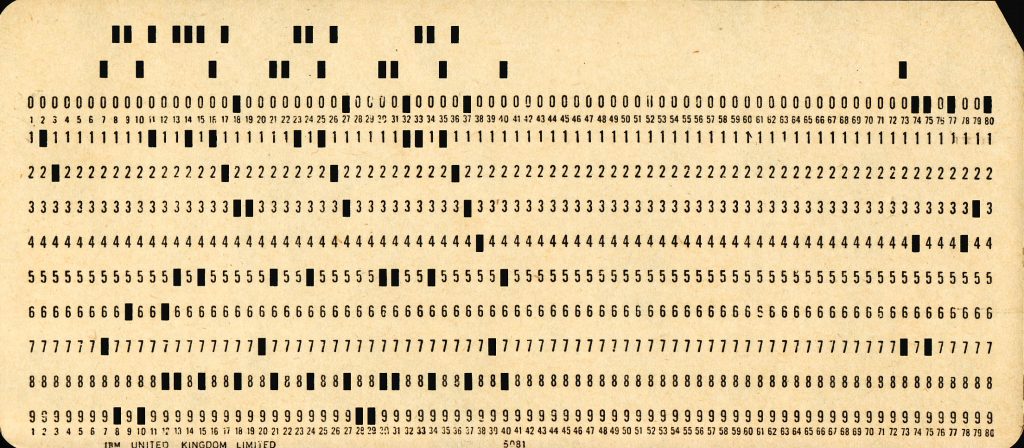
The cards had holes punched in specific positions to represent data, and patterns of holes could be read by machines to perform automated tasks. This punch card technology evolved over the decades and found its way into early computers during the mid-20th century.
2. Magnetic Drum: The First Dynamic Data Storage
In the 1930s, Austrian engineer Gustav Tauschek developed the concept of magnetic drum memory. Magnetic drums were large metal cylinders coated with magnetic material. Data was stored on the drum’s surface in the form of magnetized spots.
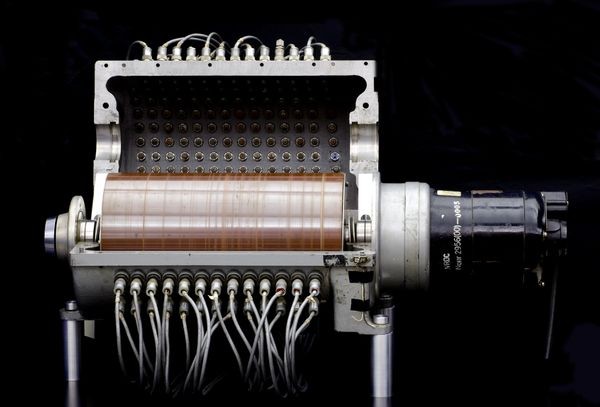
As the drum rotated, read/write heads accessed the data. The magnetic drum provided faster access times than punch cards, making it a significant advancement in data storage technology.
3. Magnetic Tape: Revolutionizing Data Backup
In the 1950s, magnetic tape emerged as a major breakthrough in data storage. Magnetic tape allowed for sequential data access, making it ideal for data backup and archival purposes.
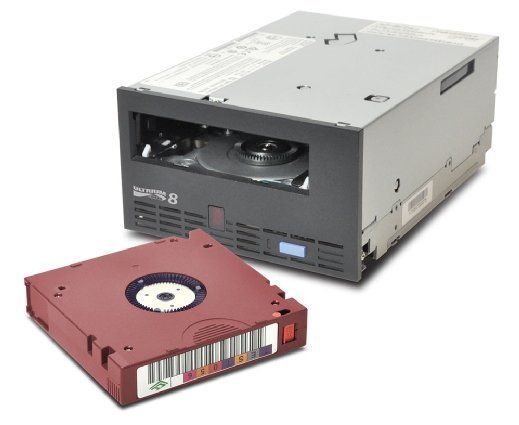
It was widely used in mainframe computers for data storage and retrieval. Magnetic tape systems continued to evolve over the years and found application in industries like media storage and data backup.
4. Hard Disk Drives (HDDs): A New Era
The invention of the hard disk drive (HDD) in the late 1950s revolutionized data storage. IBM introduced the first commercial HDD, the IBM 350 Disk File, in 1956. The IBM 350 had a storage capacity of just 5 MB and was the size of a refrigerator.
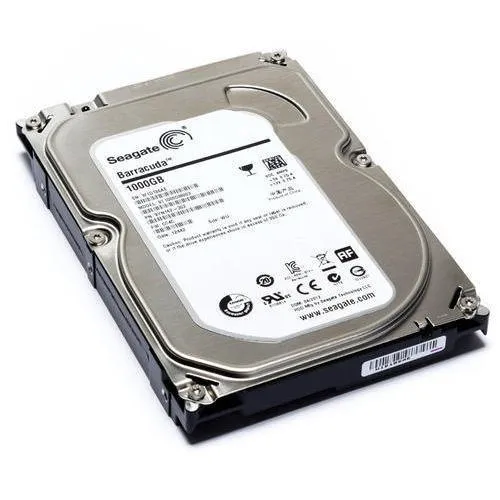
Over the years, HDDs became smaller, faster, and more affordable. They became the primary storage medium for personal computers and server systems.
5. Floppy Disks: Portable Data Storage
In the 1970s, floppy disks made their debut as a portable data storage solution. Initially, 8-inch floppy disks were used, but later, 5.25-inch and 3.5-inch floppy disks became more popular due to their smaller size and higher storage capacity.
Floppy disks were widely used for software distribution, data backup, and sharing files between computers.
6. Optical Storage: CDs and DVDs
The 1980s saw the rise of optical storage with the introduction of Compact Discs (CDs). CDs allowed for high-capacity storage and audio playback.
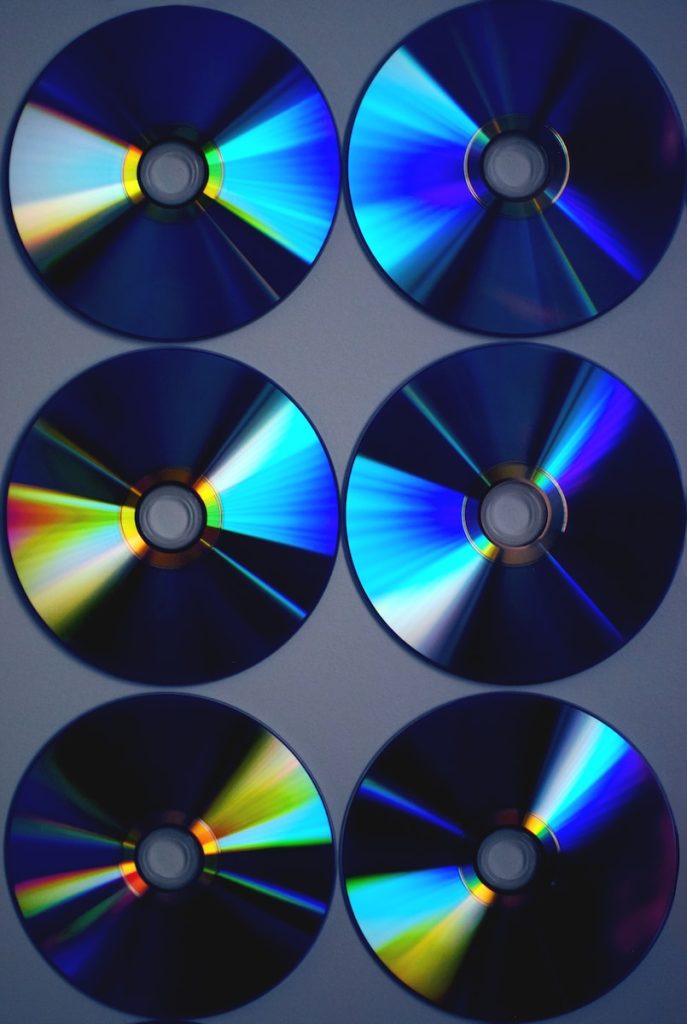
DVDs (Digital Versatile Discs) followed, offering even larger storage capacities for both data and video content. Optical storage became the standard for software distribution, music, and movies.
7. Flash Memory: The Era of Solid-State Storage
In the late 1990s, flash memory technology took the data storage world by storm. Flash memory, based on NAND or NOR technology, provided non-volatile storage in solid-state form. Compact Flash (CF) cards and Secure Digital (SD) cards were among the first portable flash storage solutions.
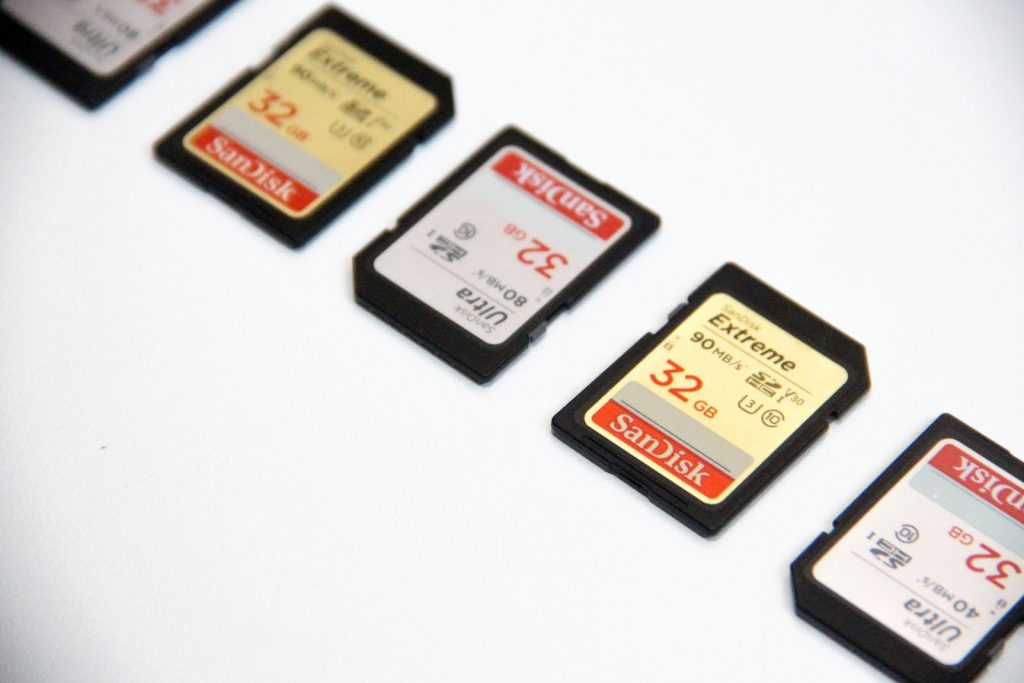
As the technology advanced, Solid-State Drives (SSDs) emerged as faster, more reliable alternatives to traditional HDDs.
8. Solid-State Drives (SSDs): The Future of Data Storage
SSDs have become the go-to storage solution for modern computing devices. They offer lightning-fast read and write speeds, low power consumption, and no moving parts, making them more durable and shock-resistant than traditional HDDs. SSDs are now widely used in laptops, desktops, servers, and data centers.
The history of disk storage is a remarkable tale of innovation and progress. From punch cards and magnetic drums to hard disk drives, floppy disks, optical storage, and the revolutionary solid-state drives, each era of data storage has played a crucial role in shaping the way we store and access information. As technology continues to advance, we can expect even more groundbreaking developments in the field of data storage, providing us with faster, more reliable, and higher-capacity solutions to meet the ever-growing demands of the digital age.

